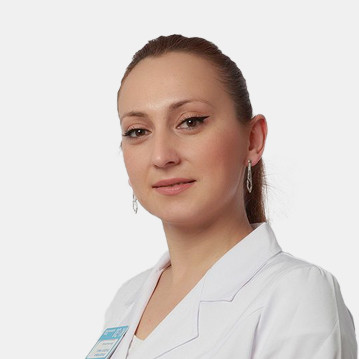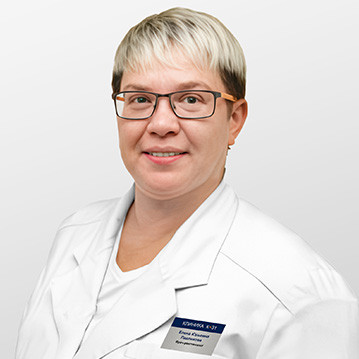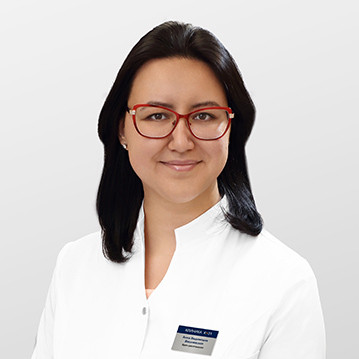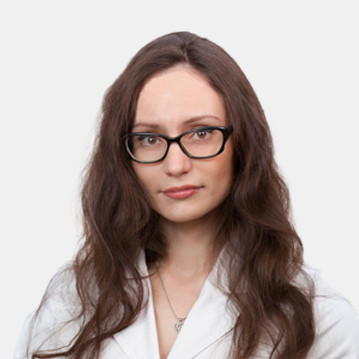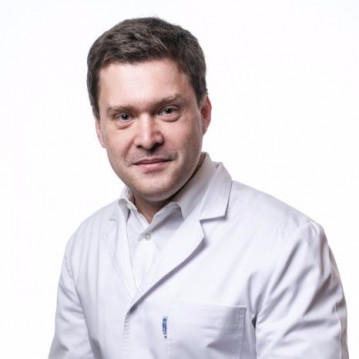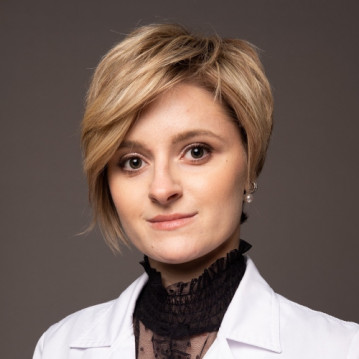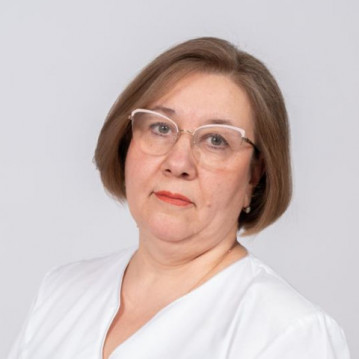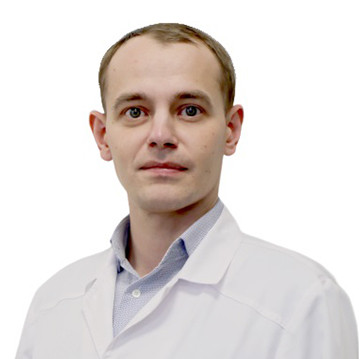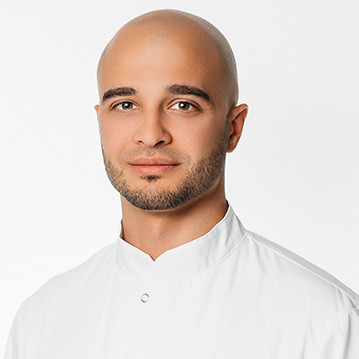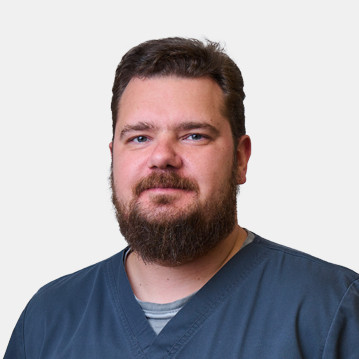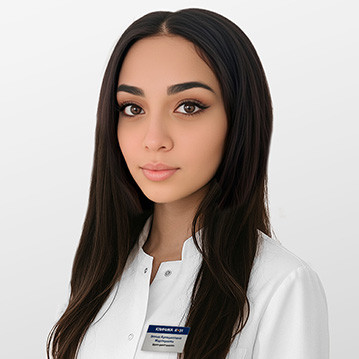
Magnetic resonance imaging (MRI) is one of the most accurate diagnostic methods of our time. With its help, doctors receive images of organs in different planes and sections, the state of which needs to be examined. This allows you to identify organic lesions (developmental anomalies, neoplasms), to trace the dynamics of the therapy used.
The specificity of MRI lies in the fact that the entire scanning period, the patient must maintain a stationary state for 20-90 minutes. Sometimes, due to aggravation of claustrophobia, noise inside the coil, or for other reasons, it is advisable to perform a tomography under anesthesia. This procedure has its own characteristics.
Indications for MRI under anesthesia
This diagnostic method is used to study pathologies and their nature of various organ systems: vascular, abdominal cavity, spinal cord and brain, joints, pelvic organs, etc. Often referral to MRI is given by neurologists and neurosurgeons. The procedure can be performed with or without the introduction of a contrast agent.
MRI under anesthesia can be performed for both adults and children. This type of diagnosis with anesthesia is used in the following situations:
- Mental disorders, due to which the patient is not able to adequately behave.
- Fear of closed spaces (claustrophobia), a tendency to panic attacks.
- Pain, as a result of which the patient cannot be in a motionless state.
- Hyperkinesis, neurological disorders that provoke involuntary muscle movements.
The use of anesthesia allows to solve these problems and achieve high results of the study.
Contraindications to the diagnostic procedure
MRI should not be performed if the patient has an allergic reaction to anesthetic drugs or has:
- Insulin element.
- Neurostimulator.
- Electronic or ferromagnetic implant of the inner or middle ear.
- Pacemaker.
- Large metal objects (discussed with the doctor).
Relative contraindications include the following conditions and situations:
- Pregnancy (I semester).
- Prostheses installed in the heart.
Before prescribing an MRI to a patient, the doctor asks him questions, examines his condition for the absence of contraindications to the procedure.
Diagnosis under anesthesia for children in K+31 is not yet carried out. We will notify you when these services become available.




